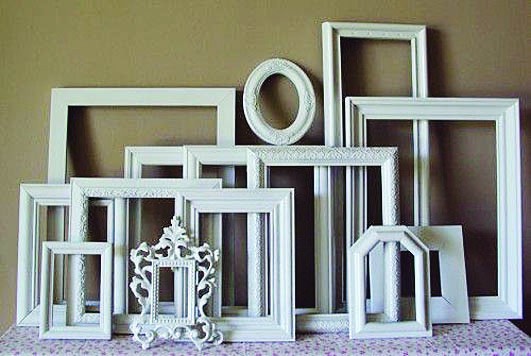
The arts, the attitudes and the freedom of expression

Years ago, I went to an art supply store in Lahore to buy some Chinese brushes reputed to be the best for oil painting. The shopkeeper informed me they were not imported anymore. "They’ve been banned," he said.
"Banned. Why?" I asked, shocked.
"On the demand of the mullahs," he replied, "Because they are made with hog hair".
The incident made me realise that censorship is not necessarily imposed by the state; it can also be enforced by the society. There was a time when the state and the society were in harmony on matters of ethics and security, when artists were barred from exhibiting works on political situations or crimes committed by military dictators or when they challenged the accepted norms relating to morality, such as nudity.
Remember the practice of camouflaging exposed arms and legs and plunging necklines of large-breasted women depicted in movie ads printed in newspapers? Back then, art was employed to conceal art -- with floral or geometric motifs to hide undesirable images. Remember the imported, glossy fashion magazines, where female or male genitals were scribbled over with thick marker pens? We have also witnessed times when black paint was splashed over images of female models on large-scale hoardings or on posters adorning rickshaws.
All these actions reflect our attitude towards human body which being shameful as well as sinful must be kept hidden. But this attitude is limited to arts and culture only; for medical students study body organs in detail. They sketch and sculpt them. They study a naked figure for training and treatment purposes. In art, such excesses are banished.
This sense prevails among artists too. They often criticise artworks that use animals and plants as the central motif, and vehemently denounce this act of the artist as brutal. Usually such criticism comes from those not bothered by the slaughtering of goats and chickens for food or felling of trees to build furniture and buildings.
In the wake of the state’s vigilance on visual arts, the new codes of censorship come in two forms: the inner eye of an artist, and the watchful gaze of others, including the circle of friends, colleagues, social media and art market. Due to the long history of state surveillance, a creative person does not need to follow orders from a higher office on what to make and exhibit. In the solitude of the studio, an artist is well aware of how his nude figures, immoral canvases, shocking subjects will be received by the general public. Censorship starts before the first line is drawn, the first brush mark is made, before a hammer, a chisel, or a pencil is picked up.
Though some artists have defied these pressures. They have continued with their preferred subjects, even if they are not acceptable in posh houses or rooms of public and private galleries. Colin David, Jamil Naqsh, and Ahmed Zoay are a few examples. Intriguingly, all of them belong to a generation that was trained in the 1970s or earlier.
Today’s artists are generally more careful. There are a few exceptions though. A female artist did a performance artwork at her solo exhibition in 2012 in an unimaginable way in a society like Pakistan. Young women artists are using their bodies to create sculptures, paintings and digital prints. Their courage to defy norms in the name of morality is unusual, especially when their defiance reduces the possibility of public exposure and private collection.
For an artist to survive, he or she must adhere to the market forces, in selecting of pleasant colour palette, discarding gory and violent imagery and more.
Artists work within the ‘prescribed’ lines. They believe these are their preferred choices. They remain in a state of denial that the society (or state) has embedded these rules in their creativity activity. Here I am reminded of The Censors, a short story by Argentine writer Luisa Valenzuela, in which Juan writes a letter to Mariana, but soon after posting it, he realises the content may be troublesome to the authorities. To save himself, he applies for a job at the department of censorship to get hold of the letter, and succeeds. After a few months, Juan comes across his own letter, and recommends strict action against the author.
Also read: Our journey to unfreedoms
This sort of self-censorship forces an artist to adopt new modes of inquisition under the label of political correctness. A visual artist is conscious his work must not be objectionable, to gender, race, class, and religion. The representation of women by male artists is a sensitive matter due to the issue of male gaze. Likewise, the portrayal of other cultures by dominating colonial power is a problematic practice. Then focusing on the plight of those who come from the lowest strata of the society to create art is considered a form of exploitation.
Further, because of the compulsions of social media, an artist doesn’t feel free anymore. Although there are no directives from a section officer in the department of information and culture, there are many harsh reminders from friends, colleagues and collectors about one’s choice of subjects, imagery and position. Freedom of expression is replaced with choice of expression. This may not be the formal format of censorship, it is nevertheless censorship of the worst kind.